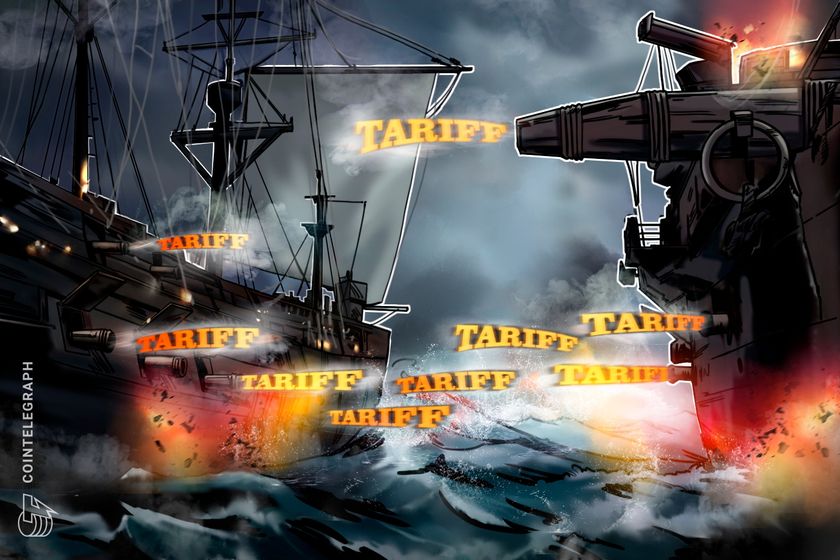
Reciprocal tariffs, a concept rooted in trade practices from the 1930s, have made a resurgence in recent years as a strategy for countries to respond to each other's trade barriers. The idea is simple: if one country imposes tariffs on another's goods, the targeted country retaliates with tariffs of its own. This tit-for-tat approach is a way for governments to show that they will not stand idly by when faced with unfair trade practices.
One notable recent example of reciprocal tariffs occurred in early 2025 between the United States and China. Following the US government's imposition of escalating tariffs on Chinese imports, China responded by implementing its own set of reciprocal tariffs on US goods. These reciprocal tariffs can have significant economic implications, impacting various sectors and causing ripple effects throughout the global economy.
When it comes to the application of reciprocal tariffs, countries may use different methods to calculate tariff rates. For instance, the US adopted a formula based on trade imbalances to determine its tariff rates in 2025. On the other hand, China's approach to imposing tariffs may be more strategic, targeting sectors that could exert economic and political pressure on the United States.
The consequences of reciprocal tariffs extend beyond traditional economic sectors to affect emerging markets like the cryptocurrency industry. The imposition of tariffs can lead to market volatility, affecting the prices of cryptocurrencies like Bitcoin and Ether. Additionally, tariffs on imported mining equipment can increase operational costs for US Bitcoin miners, potentially forcing some smaller operations to shut down or relocate.
In response to economic uncertainty caused by trade disputes, investors may turn to cryptocurrencies as a safe haven asset. The crypto market has shown responsiveness to policy changes, with institutional interest increasing in digital assets as a hedge against inflation and geopolitical risks.
For stakeholders in the crypto space, understanding and adapting to the impact of reciprocal tariffs is crucial. Diversifying supply chains, staying informed about regulatory changes, and leveraging the narrative of crypto as a decentralized financial alternative are strategic considerations for navigating the evolving trade landscape.
As global trade tensions persist and reciprocal tariffs continue to shape international commerce, the crypto industry is positioned to play a significant role in providing stability and resilience in the face of economic challenges. By recognizing the implications of reciprocal tariffs and embracing the opportunities they present, crypto stakeholders can navigate these uncertain times and emerge stronger in the evolving economic landscape.

Leave a Reply